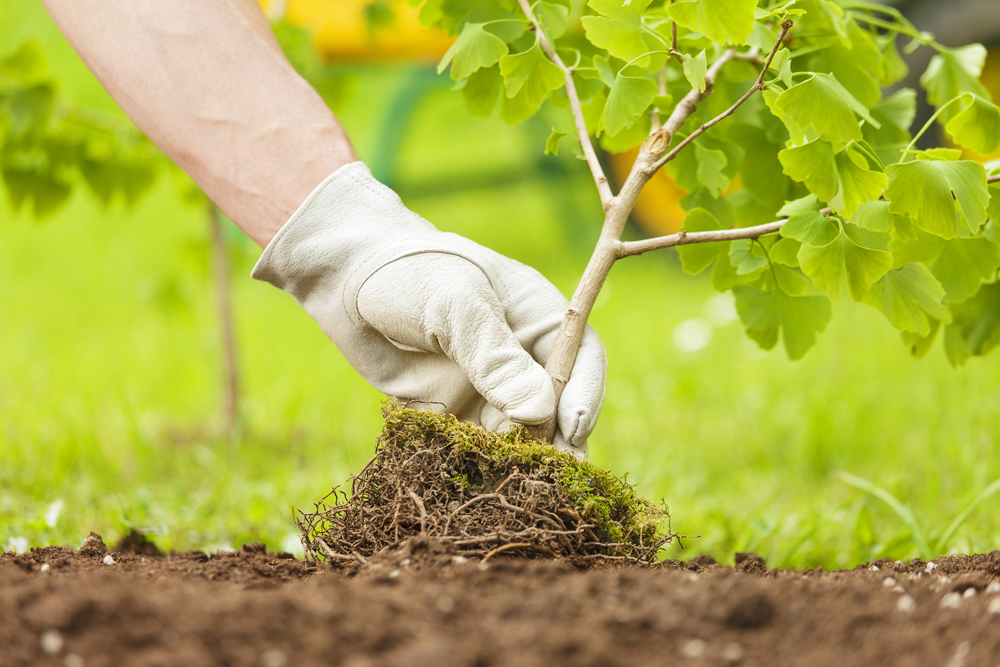In today’s environmentally conscious world, the question of how to compost print waste is increasingly important. As businesses and individuals alike seek to reduce their carbon footprint, understanding the process of composting print waste can significantly contribute to sustainability efforts. This article will provide a detailed guide on composting print waste, ensuring that you can manage this often-overlooked form of waste responsibly.

What is Print Waste?
Print waste includes all types of discarded printed materials, such as newspapers, magazines, office paper, and other documents that are no longer needed. Given the sheer volume of print materials produced daily, finding sustainable ways to manage this waste is crucial.
Why Compost Print Waste?
Composting print waste is a sustainable way to recycle paper products. It converts waste into nutrient-rich soil, reducing landfill use and promoting environmental health. Additionally, composting helps reduce greenhouse gas emissions, as decomposing paper in landfills produces methane, a potent greenhouse gas.
Understanding the Composting Process
Before diving into how to compost print waste, it’s essential to understand the basics of the composting process. Composting involves the natural breakdown of organic materials by microorganisms, resulting in nutrient-rich compost.
Types of Composting
There are several types of composting methods, including aerobic, anaerobic, and vermicomposting. Each method has its benefits and is suitable for different types of waste.
Preparing Print Waste for Composting
Not all print waste can be composted directly. It’s vital to prepare the waste properly to ensure successful decomposition.
Sorting and Shredding
Start by sorting the print waste to remove materials with toxic inks, coatings, or non-compostable elements like staples and plastic bindings. Shredding the paper increases the surface area, allowing microbes to break it down more efficiently.
Removing Toxic Inks
Check if the printed material contains toxic inks. Most modern inks are soy-based and safe for composting, but it’s best to verify with the manufacturer.
Building a Compost Pile
Once the print waste is prepared, it’s time to build your compost pile. A well-structured compost pile ensures effective decomposition.
Layering the Compost
Start with a layer of coarse materials like twigs or straw to improve airflow. Then, alternate layers of green materials (like kitchen scraps) and brown materials (like shredded paper). This balance is crucial for optimal decomposition.
Maintaining the Compost Pile
Regularly turn the compost pile to aerate it and speed up the decomposition process. Ensure the pile remains moist, but not too wet, to foster the activity of decomposing microorganisms.
Benefits of Composting Print Waste
Composting print waste has several benefits. It reduces reliance on landfills, lowers greenhouse gas emissions, and produces valuable compost that can enhance soil health.
Environmental Impact
By composting print waste, you’re actively participating in reducing environmental pollution. This practice supports the circular economy by reusing waste materials efficiently.
Challenges and Solutions
Composting print waste may pose some challenges, such as dealing with coated papers or toxic inks. However, these can be managed with careful sorting and preparation.
Coated Papers
Coated papers, like glossy magazines, take longer to decompose. Consider using them as a base layer in your compost pile or recycle them separately through dedicated recycling programs.
Green Printing Options
Utilizing green printing options can significantly reduce the environmental impact of print waste. Choosing eco-friendly inks and papers ensures that your printed materials are more suitable for composting.
Tips to Reduce Waste
For more information on reducing print waste, visit this guide which offers tips for minimizing waste from the outset.
Conclusion
Understanding how to compost print waste positively impacts the environment and contributes to sustainable living. By following the guidelines outlined in this article, you can effectively manage your print waste and support a healthier planet.

FAQ
Can I compost glossy paper?
Glossy paper can be composted, but it decomposes slower due to its coating. Consider shredding it or using it as a base layer in your pile.
Is it safe to compost all ink types?
Most modern inks are safe for composting. However, verify with manufacturers to avoid toxic inks.
What should I do with non-compostable print waste?
Recycle non-compostable print waste through appropriate recycling channels or opt for zero-waste paper options.
This article contains affiliate links. We may earn a commission at no extra cost to you.







